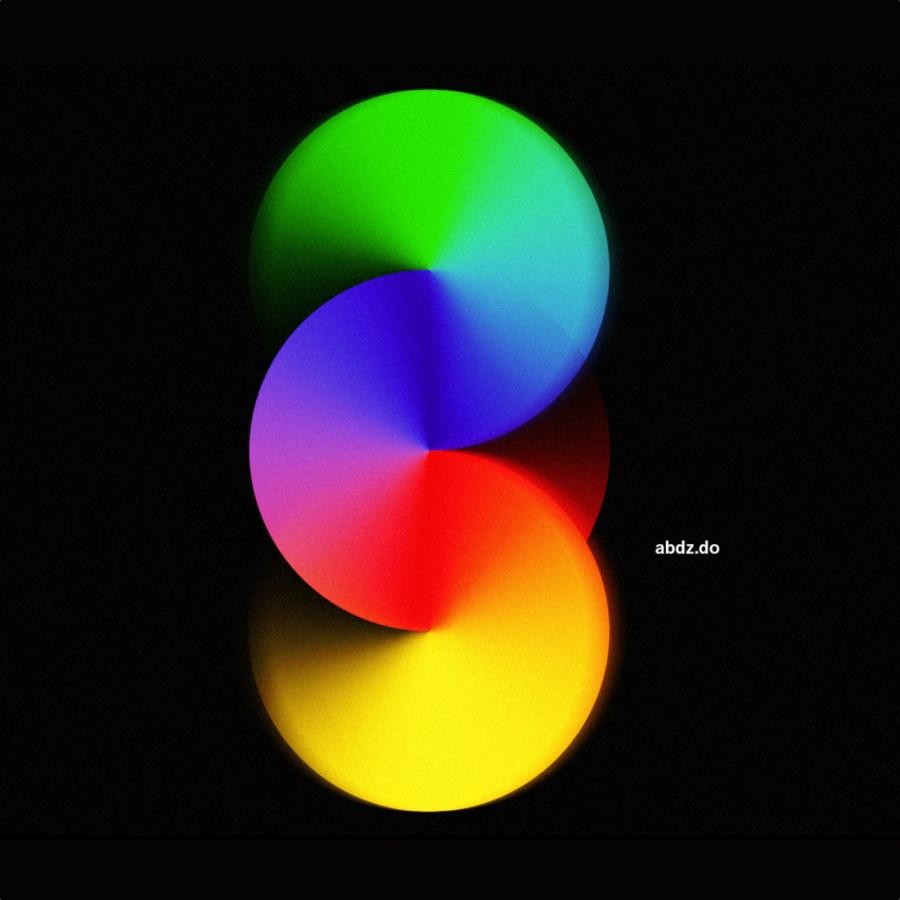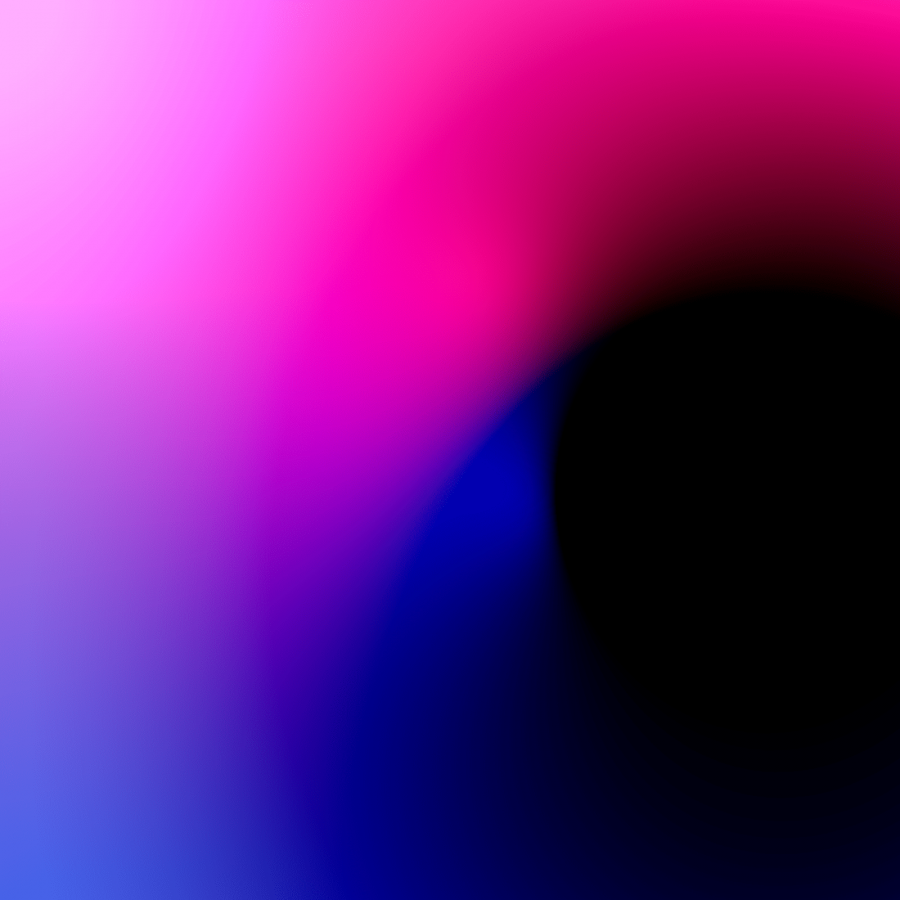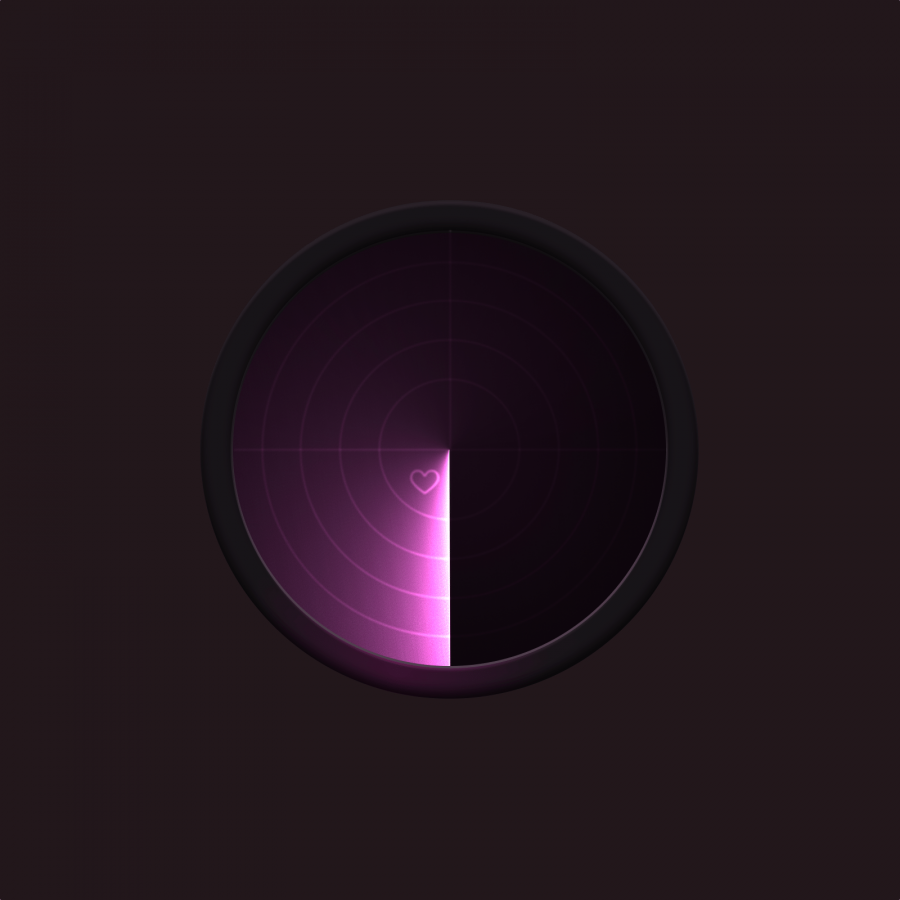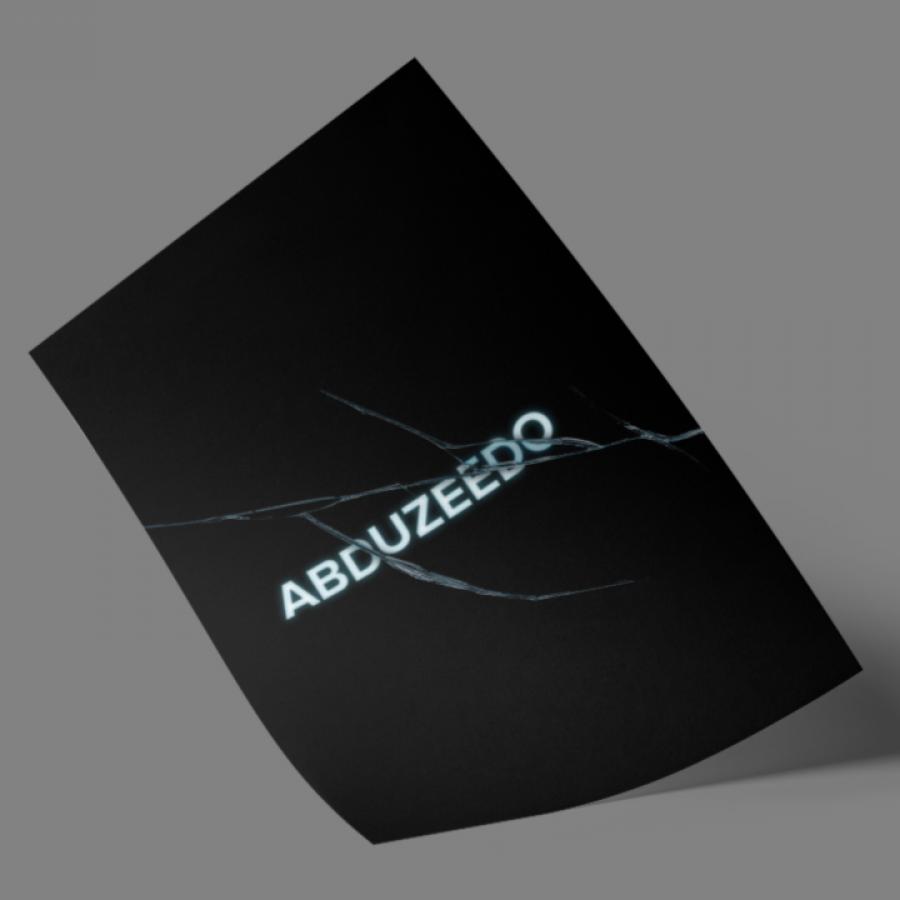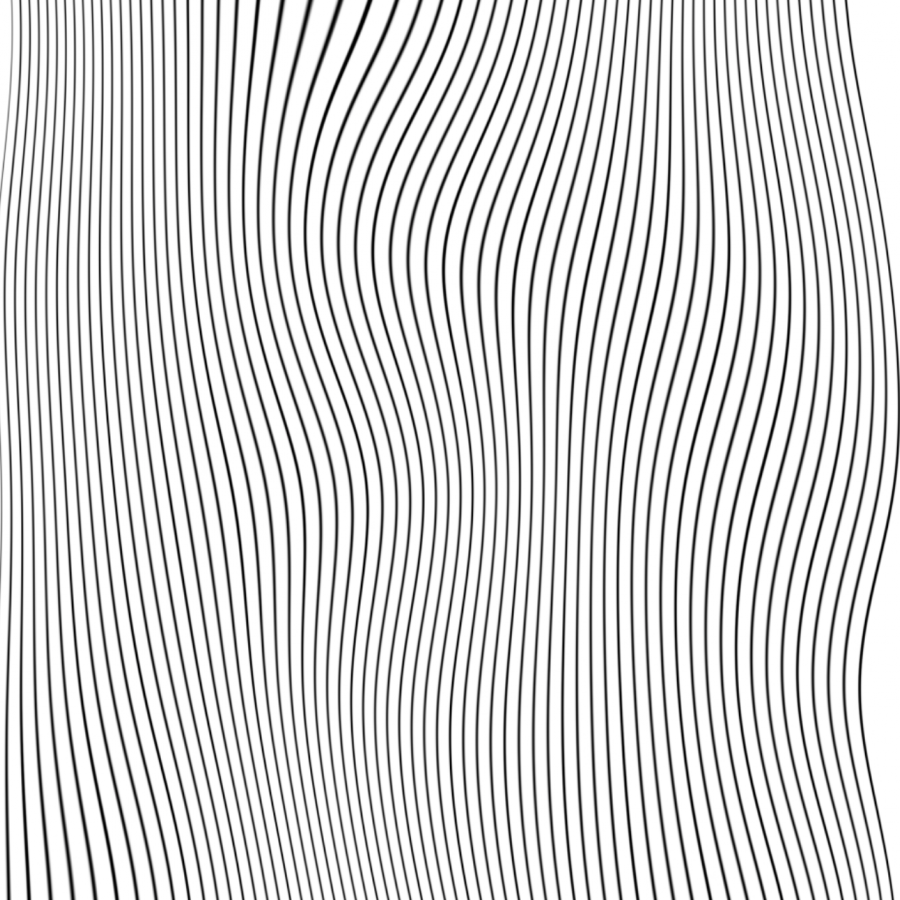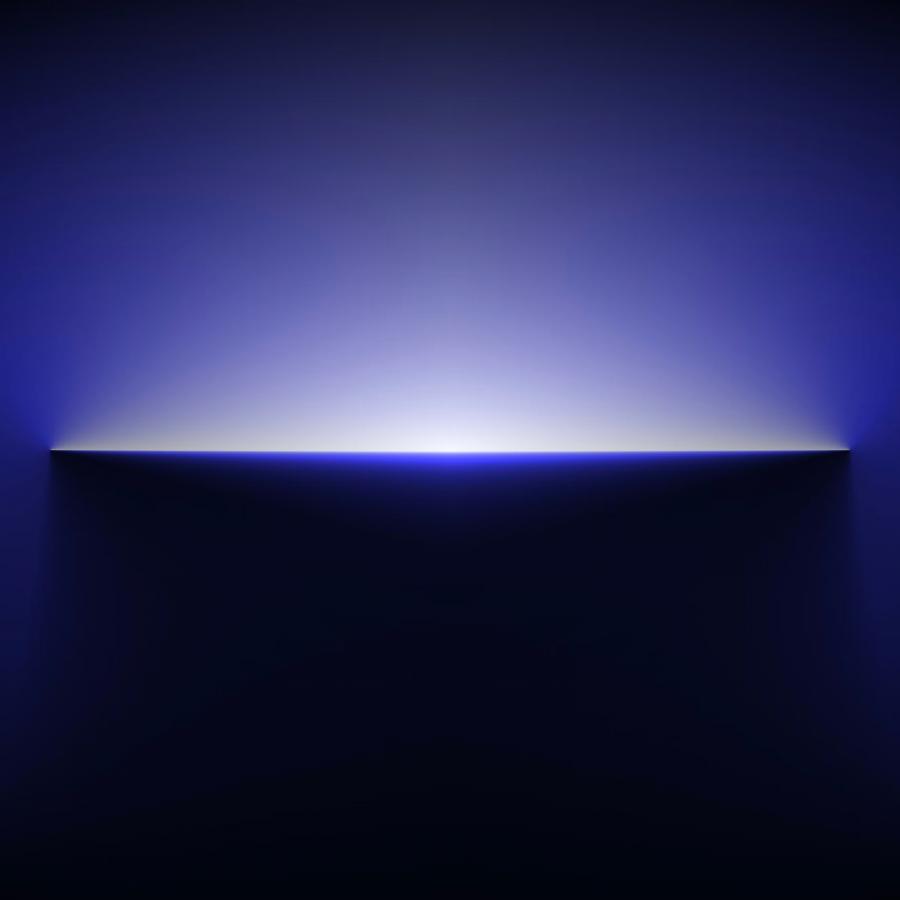by abduzeedo
In this tutorial, I will show you how to create a space scene in Pixelmator without using a stock photo or special brush, just the ones that come with Pixelmator. We will play with some filters and blending as well. The whole effect will not take you more than 20 minutes, and the end result is really impressive, very inspired on the Snow Leopard space theme design of the CD box.
This tutorial was originally written for the Pixelmator Learn site, you can see more tutorials I wrote for Pixelmator at http://www.pixelmator.com/learn/
Step 1
Open Pixelmator and create a new document. Then with the Gradient Tool (G), fill the background layer with a Radial Gradient such that the center is a dark blue (030826) and the edges are black.
![]()
Step 2
Add a new layer and with the Paint Bucked Tool (N), fill the layer with black. Then go to Filter>Stylize>Noise. Use 10 for the Amount and Monochrome.?
![]()
Step 3
After you create the noise, go to Image>Levels. Increase the Black to 43 and the White to 101. The Gray will be 70. With that, you will create a really nice star field.
![]()
Step 4
Now add another layer and go to Filter>Generator>Clouds. Use black and white for the colors and then change the Blending to Linear Dodge and the Opacity to 30%.
![]()
Step 5
Go to Filter>Distortion>Pinch. Use 435 for the Radius and 75 for the Scale. In addition, move the handler to the very center of the image.
![]()
Step 6
With the Eraser Tool (E), delete some areas of the layer and leave just a few clouds, as in the image below.?
![]()
Step 7
Create a new layer on top of the others and fill it with black. Then change the Blending to Color Dodge. With the Brush Tool (B), select the stars brush and white for the color. Then start painting some stars.
![]()
Step 8
Add a new layer, this time on top of the background layer. With the Brush Tool (B), pick a light blue (005793) and then with a very soft and big brush paint a blue spot in the middle of the scene. Use the image below for reference.
![]()
Step 9
Create another layer, again with the Brush Tool (B), and then with white and a smaller soft brush paint another spot in the middle of the image, creating a gradient from white to blue and then black. Tip. You can use the Gaussian Blur to soften the transitions.?
![]()
Step 10
Let’s create another layer, this time on top of the others. Fill the layer with black. With the Brush Tool (B), create some round spots in white; use different sizes.?
![]()
Step 11
Change the Blending to Color Dodge and then go to Filter>Blur>Zoom Blur. Use 20 for the Amount. To make the effect a bit stronger, duplicate this layer twice and select the 3 layers, then go to Layer>Merge Layers. You will need to change the Blending to Color Dodge again.?
![]()
Step 12
To make the effect even stronger, go to Image>Levels and incresae the White to 70.?
![]()
Step 13
Create a new layer on top of the others and change the Blending to Color Dodge. Then go to Filter>Quartz Composer>Generator>Travelator. Use the default settings and move the handler closer to the center of the image. Use the image below for reference.
![]()
Conclusion
Now duplicate the Travelator layer and go to Edit>Transform>Flip Horizontal. Then you can rotate them a little bit until you find a nice position, one that makes it look like the viewer of the image is traveling at light speed.All we used to create this image were simple filters, blending, and brushes. Once again, what is important is understanding what you can do with the tool and trying it out. I hope you enjoy this tutorial as much as I did creating the image.
![]()
Download the Pixelmator File
Click here to download the Pixelmator file used for this tutorial
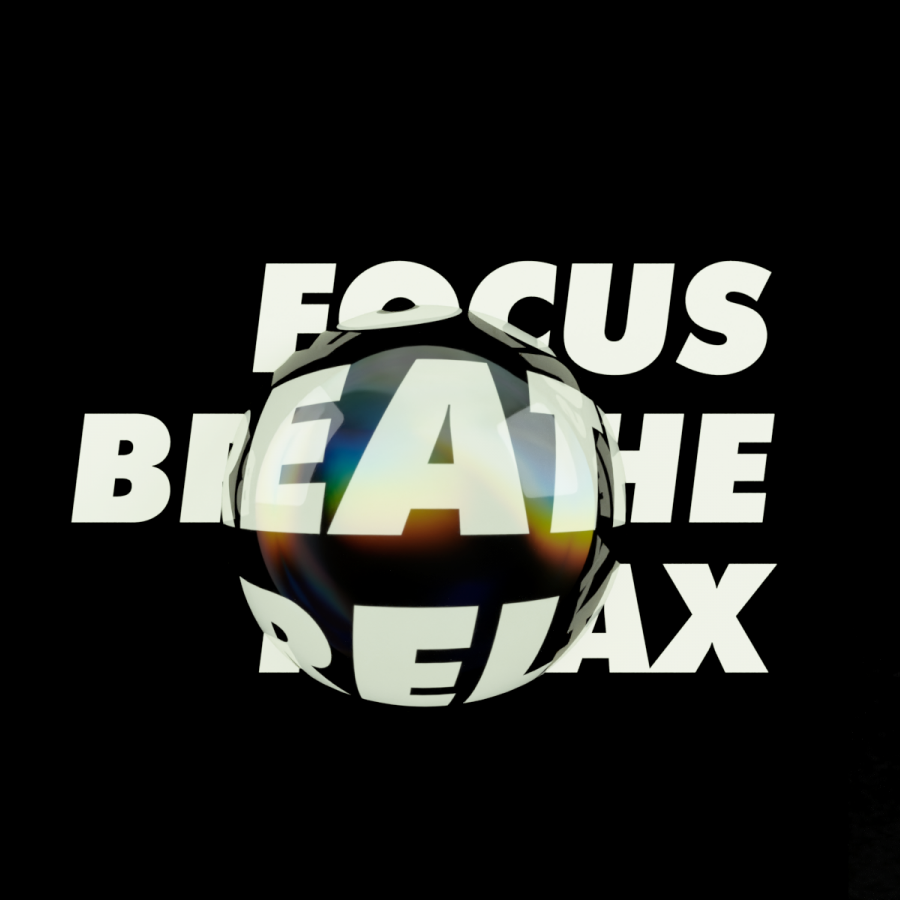
![Neon light effect in Photoshop [revisited] Neon light effect in Photoshop [revisited]](/sites/default/files/styles/square_1x1/public/originals/hero_neon.png?itok=lP4mbIak)
